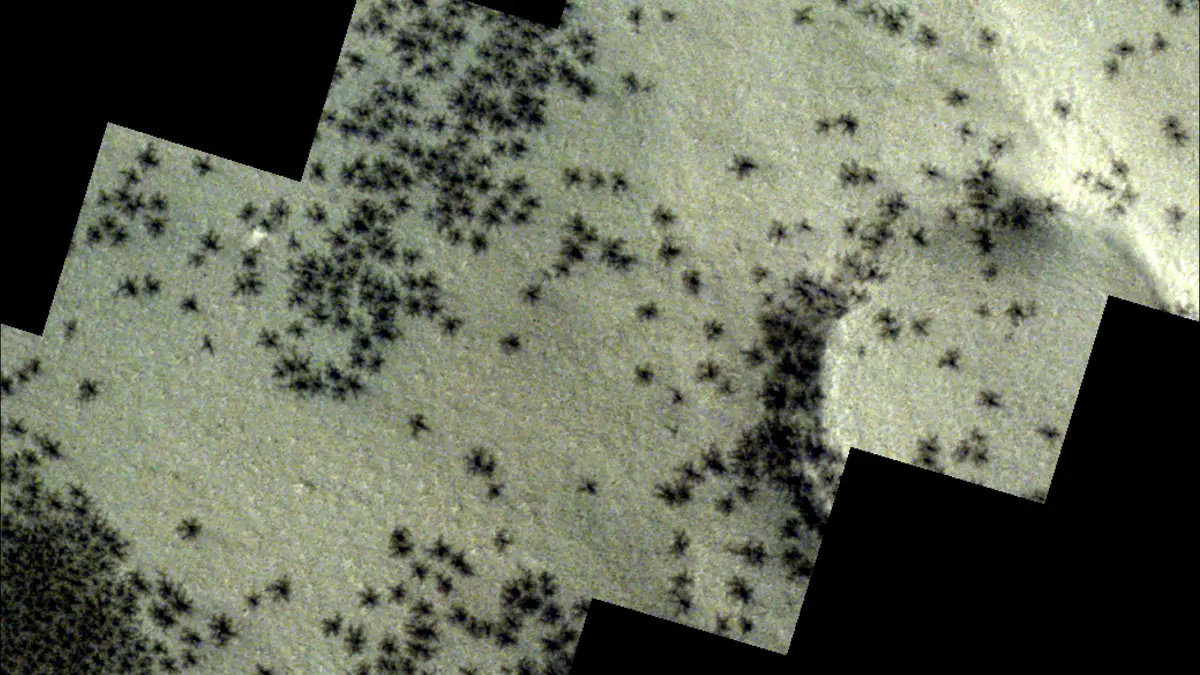Sam Etherington, the 24 year old inventor of “Renewable Wave Power”, winner of the James Dyson award and candidate for the British Engineering Hall of Fame, recently talked with IndustryTap about his life and work.
Early Life in North England
Etherington grew up in Cartmel, Cumbria, also known as the Lake District, in North England, on the Irish Sea and about 40 miles from Sellafield. The son and nephew of engineers, since retired, he grew up immersed in a family business that did piece work for Rolls-Royce, Bentley, British Aerospace and others. The business was replete with lathes, mills, laser cutting machines, press breaks, computer controlled and automated machines and lots of leftover materials he re-purposed for his own projects.
Etherington remembers a childhood filled with making things by folding metal, cutting steel, and learning from the process of trial and error how to make things better with each new iteration. Undoubtedly, he carefully watched his family’s engineering exploits closely, learning how an engineering business runs, giving him the confidence to operate as the lead contractor on projects that require a diverse range of skill sets and coordination of many geographically-dispersed parties.
Off to College
Etherington decided to attend the School of Engineering and Design at Brunel University (that’s BRUNEL not Brunei) in Uxbridge, West London, where he built on the knowledge developed as a youngster, adding CAD, mechanical drawing and computer machining to his resume as well as a short stint at Bosch where he did industrial placement work.
Etherington’s next stop was Blue Print Subsea, where he still works today. His current project is developing subsea equipment that uses sonar enabled ROVs to seek out and detonate abandon explosive mines that remain in the oceans around the world.
Another project at Blue Print Subsea is the invention and design of an underwater communication device, a challenge that has stymied underwater exploration for decades.
The Birth of a Star
In addition to his immediate home environment that prepped him for engineering, growing up in one of England’s most scenic regions with numerous lakes, forests and mountains instilled a love of nature. With the great natural beauty of the Lake District region, Etherington spent a healthy amount of his time exploring and spending time at the ocean, most notably mountain biking and kitesurfing. Naturally, Etherington counts among his passions a love for the environment and a desire to help protect natural landscapes and to see that power stations running on fossil fuels don’t destroy the environment.
Invention of the Wave Power Generator
It was through the constant loop of work, play, work, play, that Etherington came upon the idea for the Wave Power Generator. Once the idea came to him, it was just a matter of time before he had a workable prototype. According to Etherington, the design went through about 40 versions simulated on a computer using Solid Works and Hydraulic software called Automation Studio and five physical prototypes.
Current Work
In inventing the Wave Power Generator and winning the Dyson Award, Etherington has received a lot of interest in his invention and is in the process of raising $250,000 (150,000 pounds) so that fabricating firm Quay Fabrications, a company he has worked with in the past, can build a larger prototype, so that testing and proof of concept can move forward.
According to Etherington, the geometry of the wave power generator “elements” will change with conditions of the ocean where the installation is located. He has been carefully studying barometric data provided by the European Marine Energy Center and wave site statistics for five and 10 year time frames. He has concluded that there is no “one size fits all” to attain maximum energy generation. He says that wave patterns in specific areas are regular and predictable and so optimum and designs can be created for each installation.
Etherington plans to continue wearing the project manager cap and enrolling the help of experts in specific fields as the project moves forward.
Funding
Although Etherington believes he is close to obtaining the funding he needs, he is open to hearing from investors. “The next prototype is the prototype that will make or break the invention. The stakes, and therefore the opportunity couldn’t be any larger.”
Etherinton can be reached by visiting: www.renewablewavepower.co.uk, or info@renewablewavepower.co.uk.
Related articles on IndustryTap:
- Wave & Tidal Energy: 8 Knot Current Produces More Energy Than 236 MPH Wind
- Sea Snakes Convert Wave Energy into Power
- 100 Billion Tons of Ocean Water Per Day Will Soon Drive Tidal Power Generators at the Bay of Fundy
References and related content:






